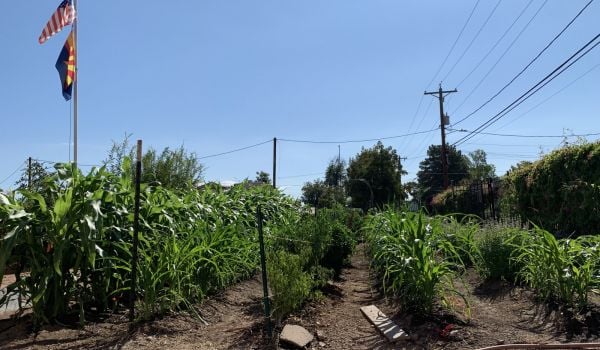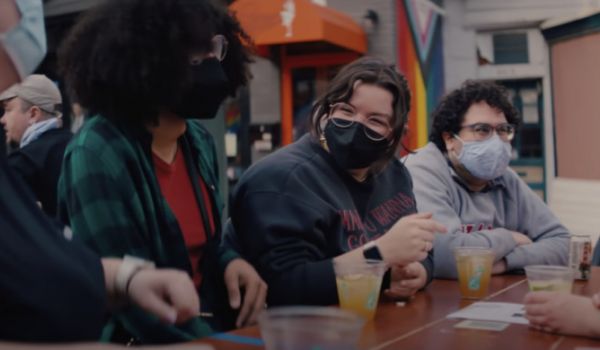The Census Bureau released some depressing news last week: one in seven Americans (a little more than 14%) lived in poverty in 2009, up from 13.2% in 2008. According to the Census, that’s the largest one-year increase since 1980. According to everyone else, that’s very upsetting.
The Brookings Institute’s Avenue blog, over at The New Republic, mapped out just which states saw the biggest increases in poverty, and what this means. Emily Garr, author of the post, observes that “by 2009, almost one in five people in New Mexico and Arizona were in poverty. Poverty also increased significantly in Sun Belt states like Florida, California, and Nevada, as the housing crisis rippled through metropolitan area economies beyond the real estate sector.” Indiana and Georgia also experienced increases in the poverty rate well above the already stunning national average.
It is of course no surprise that the poverty rates in the Sun Belt and California and Florida should outstrip the national average; these are the places where the cheap credit which bridged the gap between slow-growing middle-class wages and fast-growing real estate prices helped take our economy down. But these places, of course, were the boom-towns of our last economic expansion. This, I think, poses a real problem to recovery: if there was an inherent, structural flaw in our economy that led to the creation of these places, and if this recession is the market correcting itself, what will happen to these cities?
The biggest industry in Arizona, before the credit collapse of 2008, was real estate. Phoenix’s growth had an ourobouros aspect to it; most people buying homes in Phoenix over the last decade probably made their money selling or building homes. To draw a sloppy and inapt comparison, it’s like if the Dutch lived in their tulips. Sloppy and inapt, sure, but one shouldn’t live in something so recklessly commodified. And while interest rates remain low, the private sector has changed their lending practices, and it seems unlikely that we will see a housing bubble the likes of which we just lived through. So what happens to a place that was built by, and for, the housing bubble, and little else? What if that place happens to need a lot of water — especially with all those golf course-centric retirement communities — and it’s in the middle of the desert?
Well, these are the uncomfortable questions that the decline of the economies of Phoenix and cities like it bring to mind. All those tract houses built out there were most valuable as an investment, one that guaranteed a great return, one that could send the kids to college. But if we know that these houses won’t appreciate again in the way that they were, then what? Or, perhaps this is just an alarmist way of thinking about the minor changes our economy is experiencing in this recession, and Phoenix and Las Vegas will grow outward again, and homeowners will again see returns on their investment. But then we would have learned nothing of the unsustainability of that form of urban and economic development.
It makes sense, then, that the Sun Belt should feel a disproportionate share of the pain of this recession; their growth over the past decade was predicated on all the worst flaws of our booming economy. That this market correction is translating into poverty for so many people in the Sun Belt is tragic, to be sure. But perhaps it’s the growing pains of the Sun Belt, and our country as a whole, starting the transition into a more sustainable way forward. That is the best one can hope for, when you hear news this disheartening.

_600_350_80_s_c1.jpg)













